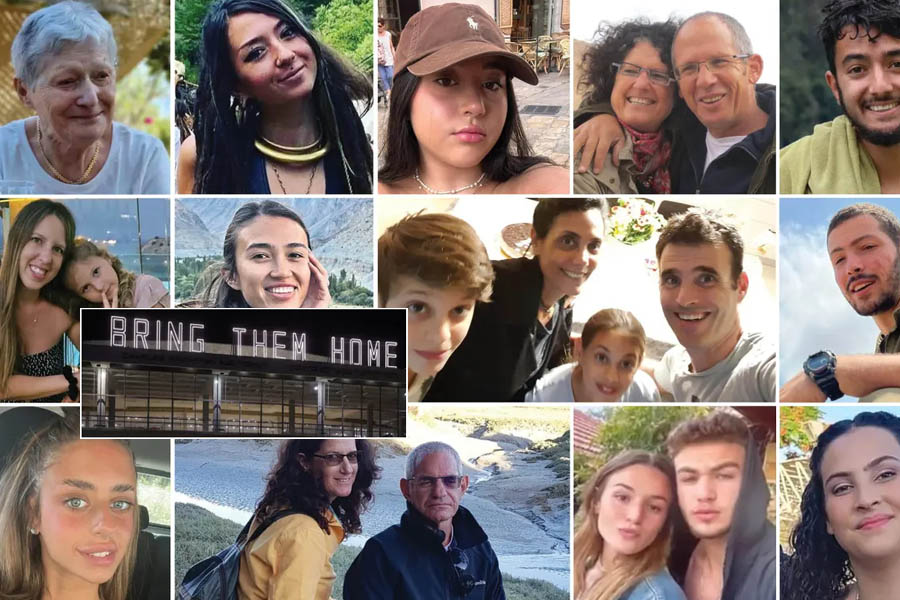
In a surprising turn of events on the 47th day of the Israeli-Hamas Gaza War, both Israel and Hamas have agreed to a four-day ceasefire and a hostage exchange, marking a potential step towards de-escalation in the conflict. The toll of the war has been heavy, with 68 IDF soldiers losing their lives since inside Gaza military opration only and a staggering 13,300 Palestinians dead, including 5,600 children.
Ceasefire and Hostage Exchange Details
The agreement, confirmed by a senior US official, outlines the release of 50 women and children hostages held in Gaza in exchange for 150 Palestinian women and children to be freed from Israeli jails. Notably, three US citizens, including a three-year-old girl, are among those to be released. The first release is expected within 48 hours of the agreement.
A statement from the Israeli Prime Minister's office emphasized that the "lull" in Israeli military operations would be extended for an additional day for every 10 hostages released. This suggests a phased approach with the possibility of further releases beyond the initial 50.
Hamas confirmed the agreement, describing it as a "humanitarian truce" that includes the release of 150 Palestinian women and children from Israeli jails. The agreement also involves expanded humanitarian deliveries, a halt to Israeli air sorties over southern Gaza during the four-day pause, and restrictions on sorties over northern Gaza to six hours a day. Additionally, Israel committed not to arrest anyone in Gaza for the duration of the temporary truce.
Diplomatic and Political Ramifications
The international community, including the US, has applied diplomatic pressure to find a resolution to the conflict. The release of three US citizens as part of the deal reflects ongoing efforts to involve external stakeholders in the negotiation process.
However, the conflict has had political implications for US President Biden, with the war affecting his polls for the 2024 election. The involvement of the US in mediating the ceasefire and securing the release of its citizens adds a layer of complexity to the situation.
Challenges and Continuing Tensions
Despite the agreement, challenges remain. Airstrikes continued in Gaza even as the deal was being discussed, indicating the fragility of the situation. Israeli Prime Minister Netanyahu assured his cabinet that the security agencies supported the deal, emphasizing that the military campaign against Hamas would resume after the ceasefire.
The deal also includes provisions for more aid to enter Gaza, which is grappling with a severe humanitarian crisis after seven weeks of relentless bombardment and blockade. The specifics of aid distribution, visits by the Red Cross to hostages, and the delivery of medicine are part of the broader agreement.
Looking Ahead
The agreement, facilitated by weeks of talks mediated by Qatar, signifies a significant development in the protracted conflict. However, its successful implementation relies on the cooperation of both Israel and Hamas. The logistics of ensuring the safe passage of the 50 hostages and the potential for further releases will be closely watched.
As the ceasefire takes effect and the hostage exchange begins, the region cautiously anticipates a respite from the devastating impact of the conflict. The challenge now is to build on this initial agreement and work towards a more lasting and comprehensive resolution to the Israeli-Hamas Gaza War.